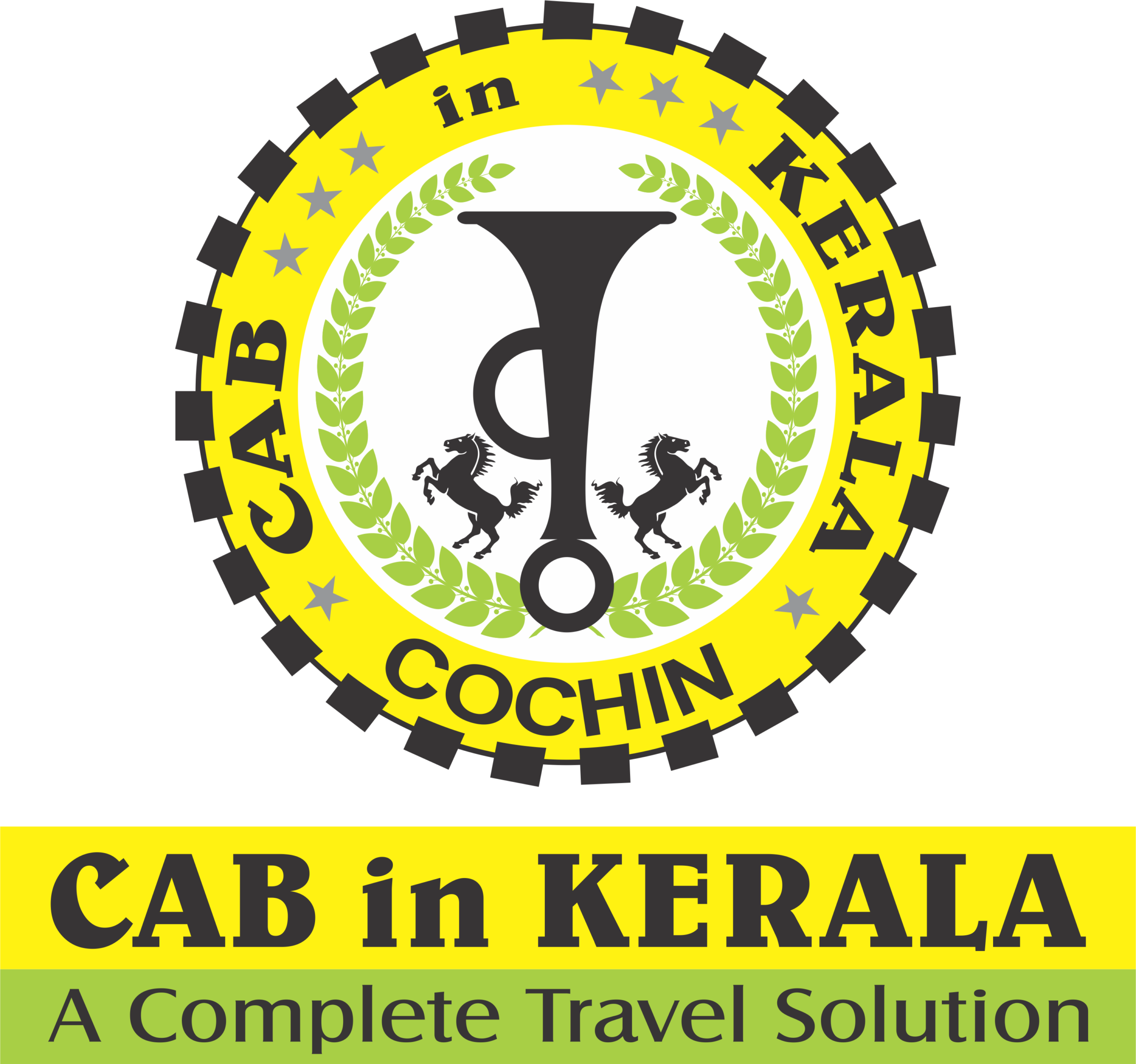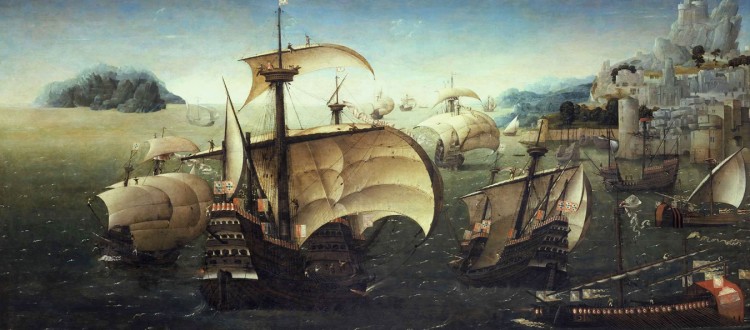Cochin
”’ Relive the colonial era A melting port of myriad cultures and influences of a bygone era Ernakulam or Kochi encapsulates its Historical past. Sunset cruises, Smell of heavenly spices. Delicate silhouettes of Chinese nets against a dramatic skyscape. The sparkle of the Arabian Sea. shake it up and you have the flavors of a dream holiday...
Cochin At The See Level City… ” Cochin is the commercial capital of Kerala. Relive the colonial era. A Melting pot of myriad cultures and influences of a bygone are. Eranakulam or cochin encapsulates its historical past. sunset cruise. the smell of heavenly spices. Delicate silhouettes of Chinese nets against a dramatic skyscape. The sparkle of the Arabian sea. Kochi was the center of Indian Spice trad. Shake it up and you have the flavors of a dream Holiday.
Fort Kochi
A leisurely walk through the city is the best way to discover historic fort Kochi. An obscure fishing village that became the first European township in India, Kochi has an eventful and colorful history. its reputation as a seafaring Commercial town was such that Nicolas Conti, an Italian traveler of the middle ages remarked. The town was shaped by the Portuguese, the dutch, and later the British. The result of these cultural influences is seen in the many examples of Indo-European architecture that still exist here.
Chinese Fishing Nets/ Vasco Da Gama Square
These Huge Cantilevered fishing nets are the legacy of one of the first visitors to the Malabar coast. Erected here between 1350 and 1450 AD by Traders from the court of Kublai khan, these nets are set up on teak wood and bamboo poles. the best place to watch the nets being lowered into the sea and catch being brought in is the Vasco da Gama square, a narrow promenade that runs along the beach. The square is an ideal place to idle, with stalls serving fresh delicious seafood, tender coconut, etc.
Pierce Leslie Bungalow
This charming mansion was the office of piercing Leslie &co., a coffee merchant founded in 1862. A representative of the fort Kochi colonial bungalow, this building reflects Portuguese, duth, and local influences. Characteristic features are wood panels that from the roof of the ground floor, arched doorways, carved doors, and sprawling rooms. Waterfront verandahs are an added attraction club.
Old Harbour House
The elegant old bungalow built in 1808 is in the possession of carrit moran&co., renowned tea brokers, who now use it as their residence. the house was once a boat club.
Koder House
This magnificent building constructed by Samuel S. Koder of the Cochin electric company in 1808 is a supreme example of the transition from colonial to indo-European architecture. Features like verandah seats at the entrance, floor tiles set in a chess board pattern, a red-colored brick-like facade, carved wood furniture, and a wooden bridge connecting to a separate structure across the street are all unique to this bungalow.
Delta Study
Once a warehouse, this heritage bungalow was built in 1808, Houses a high school today.
Santa Cruz Basilica
This Historic church was built by the Portuguese and elevated to a cathedral by pope paul IV in 1558. in 1795 it fell into the hands of the British when they took over Kochi and was demolished. about a hundred years later Bishop Dom Gomez f Ferreira commissioned a new proclaimed Basilica in 1984 by pope john paul ll.
Loafer’s Corner / Princess Street
One of the earliest Streets to be constructed in fort Cochin, Princess Street with its European-style residences still retains its old-world charm. the best view of this quaint street can be had from loafer’s corner, the traditional meeting place and hangout of the jovial fun loving people of the area.
Vasco House
Believed to have been the residence of Vasco da Gama, this is one of the oldest Portuguese residences in fort Kochi. built in the early sixteenth century, the Vasco House sports the typical European glass paned windows and balcony um verandahs characteristic of the times. VOC Gate: the large wooden gate facing the parade ground, with the monogram [voc] of the once mighty Dutch East India Company Carved on it was built in 1740.
Parade Ground
The four-acre parade Ground was where once the Portuguese, the Dutch, and the British colonists conducted their military parades and drills. the buildings around the ground housed their defense establishments. today the largest open ground in fort Kochi, the parade ground is a sports arena.
The United Club
Once upon a time one of the four elite clubs of the British in Kochi, the united club today serves two roles- as a classroom for the nearby St. Francis primary school by day and as a card room for the current members by evening. until 1907, the building housed the offices of the fort Kochi municipality.
The Bishop’s House
Built-in 1506 as the residence of the Portuguese governor, the bishop’s house stands on a little hillock near the parade ground. the facade of the house is characterized by large Gothic arches and has a circular garden path winding up to the main entrance. the building was acquired by Dom Jos Gomes Ferreira, the 27th bishop of the diocese of Kochi whose jurisdiction extended over Burma, Malaya, and Ceylon, in addition to India.
Fort Immanuel
This bastion of the Portuguese in Kochi was a symbol of the strategic alliance between the maharajah of Kochi and the monarch of Portugal, after whom it was named. In built-in 1503 the fort was reinforced in 1538. by 1806 the dutch, and later the British, had destroyed most of the fort wall and its bastions. today remains of this once imposing structure can be seen along the beach.
The Dutch Cemetery
The tombstone here is the most authentic record of hundreds of Europeans who left their homeland on a mission to expand their colonial empires and changed consecrated in 1724 and is today managed by the church of south India.
Thakur House
This graceful building holds within itself a reflection of the colonial era. The bungalow was built on the site of the Gelderland bastion, one of the seven bastions of the old Dutch fort. Earlier known as Kunal or hill Bungalow, it was home to the managers of the National bank of India during the British reign. today, the bungalow belongs to Ram Bahadur Thakur and company, the renowned tea trading firm.
St.Francis Church
Built-in 1503 by Portuguese Franciscan Friars, this is India’s oldest European church. This was initially built of timber and later reconstructed in stone masonry. it was restored in 1779 by the protestant dutch, converted to an Anglican church by the British in 1795, and is at present governed by the church of south India. Vasco da Gama was buried here in 1524 before his remains were moved to Lisbon, Portugal. the tombstone still remains.
Bastion Bungalow
Built-in the indo-European style way back in 1667, the bungalow gets its name from its location on the site of the Stromberg Bastion of the old Dutch fort. the building blends beautifully into the circular structure of the bastion and has a tiled roof and a typical first-floor Verandah in wood along its front portion. Though it has been said that a network of secret tunnels runs beneath the bungalow, none have been found. today the bungalow is the official residence of the sub-collector.
Mattancherry Palace [ Dutch Palace ]
Built by the Portuguese in 1557 and presented to Raja Veera Kerala Varma of Kochi, the palace was renovated in 1663 by the dutch. On display here are Beautiful murals depicting scenes from the epics, Ramayana and Mahabharata, and some of the Puranic Hindu legends. The palace also houses Dutch maps of old Kochi, royal palanquins, coronation robes of former Maharajas of Kochi as well as period furniture.
Synagogue
Constructed in 1568 this is the oldest synagogue in the Commonwealth. Destroyed in a shelling during the Portuguese Raid in 1662, it was rebuilt two years later by the dutch. Known for mid-18th century hand-painted, willow patterned floor tiles. canton in china, a clock tower, Hebrew inscriptions on stone slabs, great scrolls of the old testament, ancient scripts on copper plates, etc.
Jew Town
The area around the synagogue is a Centre of the Spice trade and curio shops. this is the best window shopping area also.
Bolgatty Island
This island is famous for its palace of the same name. the bolgatty palace was built in 1744 by the Dutch and later taken over by the British. Today it is a Kerala tourism five-star resort run by the Kerala tourism development corporation, with a small golf course and special honeymoon cottages.
Willingdon Island
Named after Lord Willingdon, a former British Viceroy of India, this man-made island is surrounded by beautiful backwaters. the island is the site of the city’s hotels and trading centers, the port trust, and the headquarters of the southern naval command.
The Hill Palace Museum
10 kilometers from the Kochi. Hill palace, The official residence of the erstwhile Kochi Royal Family, was built in 1865. the palace complex consists of 49 buildings in the traditional architectural style of Kerala and is surrounded by 52 acres of terraced land with a deer park and facilities for horse riding. A full-fledged ethnoarchaeological museum and Kerala’s first-ever heritage museum are the main attractions. Displayed inside the thirteen galleries are oil paintings and 19th-century paintings. murals, sculptures in stone and plaster of Paris, manuscripts, inscriptions, and coins belonging to the royal family.
Parikshith Thamouran Museum
This museum houses a collection of coins, bronzes, copies of murals, and megalithic relics of Kerala.
Marine Drive
Marine Drive is one of the local window shopping areas. and a beautiful walkway. with sunset boating cruise area.
Santhosh Raghavan
Cab in Kerala Taxi Service and Kerala tour connector and Kerala tempo traveller rental.

